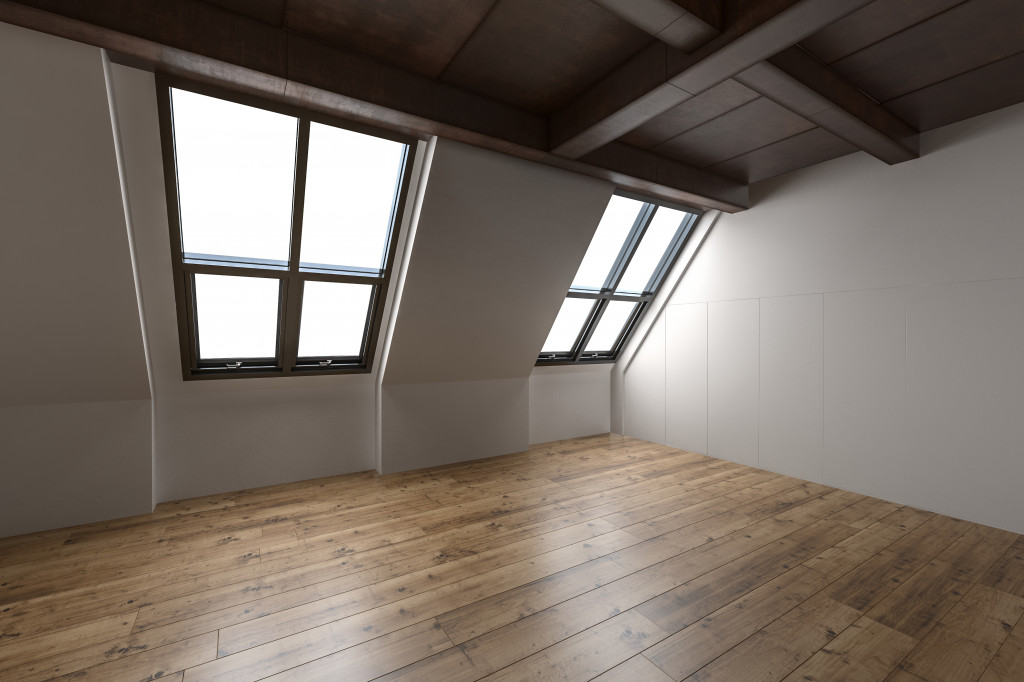Owning a home can be one of the most fulfilling feelings one can ever experience. Homes are hard to attain. They can be expensive at times, and many people spend years saving before they can afford their ideal home.
Homes also fulfill our basic need for security. With that, homes are significantly valuable for their owners. It is only right that homeowners make the most out of their homes.
This essentially means making a house that is both comfortable and functional. Usability can often be measured by how much usable space the house has. A bigger usable space can accommodate the various needs of every homeowner. Bigger space is also ideal for various living functions and activities.
The Attic: A Hidden Gem for Usable Space
Our homes are often composed of many rooms that are made for particular living activities. Some of these spaces are used daily, while others are rarely used by homeowners. One of the rooms that tend to be underused is the attic.
Are Attics Livable?
Now, to be clear, attics are not necessarily livable spaces. It can be quite the opposite. An attic is essentially space between the ceiling of the topmost room of the house and a pitched roof. A major use of the attic is for temperature control for the rest of the house.
Attics with no ventilation and proper insulation can also get hot. Take note that heat rises. So the heat coming from the lower rooms converge in the attic. It can also be the result of direct exposure to sunlight.
But just because the conditions in these spaces are unfavorable does not mean these attics are not usable. Attics have floor space. This space can be useful if homeowners have the resources to convert them into livable spaces.
Dimension Requirements for Code
To start, homeowners need to fit certain requirements required by residential building codes. Dimensions are a big part of creating a livable attic. Floor space needs to be at least 7 feet in all directions. Also, at least half of the floor space should be usable.
Ceiling height is also in question when creating a livable attic. The height of the ceiling for every attic should be at least 7 feet. This ensures that there is enough room for occupants.
Homeowners should also be careful of their flooring. It may be ideal to use light materials that do not put much stress on the ceiling of the room below. Of course, homeowners can always consult flooring installation services to make sure they are using the right flooring for their attics.

Insulation and Air Quality
As previously stated, attics have a problem with heat. This is due to the rising heat and the heat of the sunlight. Of course, this is easily addressed with the right tools for insulation and ventilation.
If homeowners want to use their attics for their living activities, these spaces should be well-insulated. Insulation helps control the temperature. Also, good insulation should be paired with strong ventilation systems.
It may be wise to integrate the attic into the HVAC system of the house. If this is not applicable, an air conditioning unit inside the attic is also fine. There should also be sufficient windows in the attic. This helps with ventilation and lighting.
If these systems are in place, the temperature and air quality inside the attic would become ideal for activities. These can also be cost-effective, as insulation helps reduce stress on the HVAC system. The absence of these systems can mean an attic that is not habitable. With that, the usage of the attic is ultimately based on these systems.
Safety
Of course, safety should also be on the list of priorities when converting the attic into a livable space. Because the attic space can be relatively limited, it can be easy to be stuck here when emergencies strike. Homeowners need to take safety measures to address this.
With that, there should be a clear entry point to the attic. If homeowners plan to use the attic, pull-down ladders may not be ideal. They should have a full staircase to ensure a good entry. Also, an emergency exit point should be present. This can be a window that leads to a fire escape outdoors.
Learn To Discard Items
It can be common for homeowners to use their attics as extra storage space for their possessions. Of course, there is nothing wrong with this. But possessions can accumulate over time.
Using the attic as storage space hinders it from being livable. With that, homeowners need to avoid accumulating too many unused items in their homes. This helps avoid clutter in their homes. Apart from that, they won’t be forced to use their attic as storage space.
Attics can be as useful as any other part of the house. But of course, homeowners need to put in the work they want to utilize their attics. Creating a livable attic can ensure that homeowners are using their homes to their full extent.
